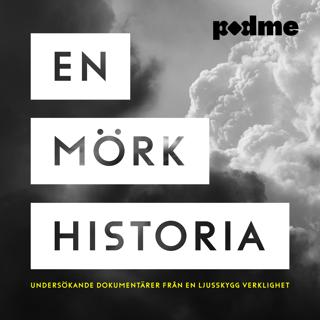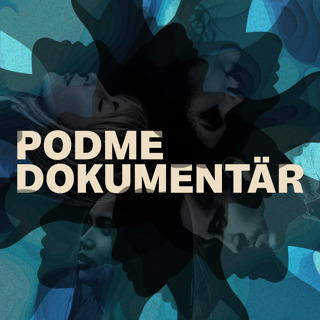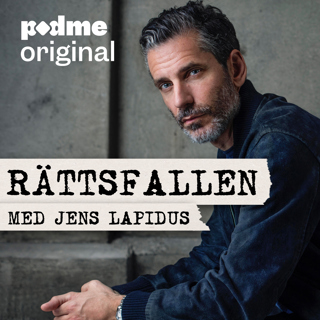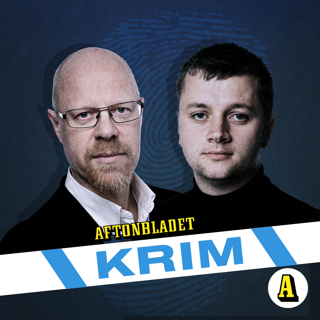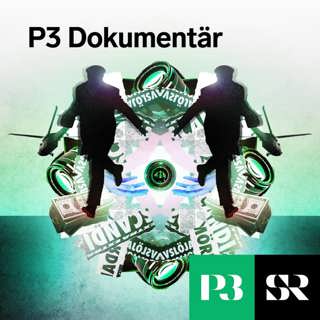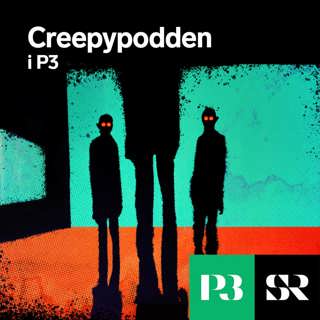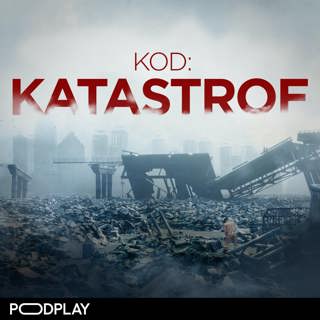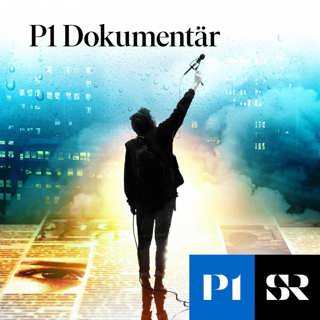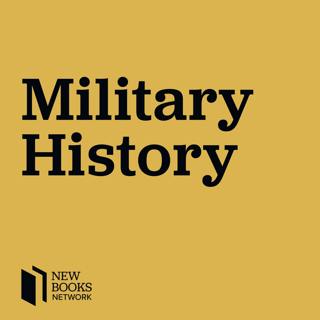
Paul Magid, “The Gray Fox: George Crook and the Indian Wars” (U. Oklahoma Press, 2015)
With the end of the Civil War, George Crook’s decision to continue serving in the United States Army meant reverting to a lower rank and assuming a command in the Pacific Northwest. Yet, as Paul Magid details in the second volume of his biography of Crook, The Gray Fox: George Crook and the Indian Wars (University of Oklahoma Press, 2015), he would soon emerge as one of the most prominent figures in the army’s ongoing operations against Native Americans in the territories. In describing Crook’s campaign against the Paiutes in the Great Basin, Magid details the relentless attritional warfare that was a hallmark of his strategy against the tribes he fought. Results in the Northwest led to his transfer to Arizona, where his success against the Apache and Yavapai earned him a promotion to the rank of brigadier general. With his selection as the head of the Department of the Platte in 1875, Crook found himself coping with the deteriorating situation in the Dakota Territory created by the surge of prospectors and settlers, and with the outbreak of the war against the Sioux, the general took to the field in a series of grueling campaigns. Though suffering a setback at the battle of Rosebud, Crook’s subsequent victory at Slim Buttes led to the subjugation of the Sioux and the surrender of Crazy Horse, which cemented Crook’s reputation as the army’s leading expert in Indian warfare. Learn more about your ad choices. Visit megaphone.fm/adchoices Support our show by becoming a premium member! https://newbooksnetwork.supportingcast.fm/military-history
7 Dec 201748min

David G. Morgan-Owen, “The Fear of Invasion: Strategy, Politics, and British War Planning, 1880-1914” (Oxford University Press, 2017)
David Morgan-Owen‘s The Fear of Invasion: Strategy, Politics, and British War Planning, 1880-1914 (Oxford University Press, 2017) tells a complex story clearly and concisely. In the decades prior to the Great War, British preparations for defense of its commercial and imperial interests were warped by fears of an invasion of the home islands. The specter of a French, or after 1905, a German invasion prevented British officials in the Cabinet, the War Office, and the Admiralty from thinking clearly about how to prosecute a European war. Planning to prevent or defeat an enemy landing kept the Royal Navy in a defensive mindset and kept the British Army from thinking clearly about sending an expedition to the continent. Ironically, whether or not the French or Germans themselves had any clear plans to invade Britain went largely undiscussed. As Morgan-Owen makes clear in the interview, even those who consider themselves well-read on the subject of British grand strategy will learn much. Learn more about your ad choices. Visit megaphone.fm/adchoices Support our show by becoming a premium member! https://newbooksnetwork.supportingcast.fm/military-history
5 Dec 201750min

Guenter Lewy, “Perpetrators: The World of the Holocaust Killers” (Oxford UP, 2017)
“Monsters exist, but they are too few in number to be truly dangerous.” Thus begins Guenter Lewy’s latest book, Perpetrators: The World of the Holocaust Killers (Oxford University Press, 2017), a welcome attempt to challenge the idea that all Nazi perpetrators were the same, and that they were all driven by the same bass motivations. Largely a synthesis of material previously only available in German, Lewy presents a typology of perpetrator types and dispels the idea that it was impossible for killers to walk away. He also presents arguably the most accessible analysis of the post-war justice available in English. Undoubtedly a must-read for anyone wishing to understand how and why people participate in acts of mass violence. Darren O’Byrne is a PhD student in History at Cambridge University. His dissertation, Political Civil Servants and the German Administration under Nazism, explores the dynamics of Civil Service behaviour under National Socialism, asking why senior administrators assisted the regime in pursuit of its ideological goals. He has forthcoming publications with the Journal of Contemporary History and the Routledge Studies in Genocide and Crimes against Humanity. He can be contacted at obyrne.darren@gmail.com or on twitter at @darrenobyrne1. Learn more about your ad choices. Visit megaphone.fm/adchoices Support our show by becoming a premium member! https://newbooksnetwork.supportingcast.fm/military-history
29 Nov 201740min

Mark Dapin, “Jewish Anzacs: Jews in the Australian Military” (New South Press, 2017)
In his new book, Jewish Anzacs: Jews in the Australian Military (New South Press, 2017), author, journalist and historian Mark Dapin explores the little-known story of the thousands of Jews that have fought in Australia’s military conflicts. Through archival research, military records, private letters, and interviews, Dapin tells the story of the Jewish servicemen and women that have fought—and died—for Australia in all of the nation’s wars. Learn more about your ad choices. Visit megaphone.fm/adchoices Support our show by becoming a premium member! https://newbooksnetwork.supportingcast.fm/military-history
27 Okt 201718min

Christian Ingrao, “Believe and Destroy: Intellectuals in the SS War Machine” (Polity Press, 2015)
How did a generation of Germany’s best and brightest become radicalized? What convinced young intellectuals to join the SS and perpetrate genocide in pursuit of a racial utopia? Find out in our conversation with Christian Ingrao about his book Believe and Destroy: Intellectuals in the SS War Machine (Polity Press, 2015). Christian traces the experiences of the war youth generation from defining events in childhood, through their student activism, into the Reich Security Main Office, and abroad where they could finally realize their ideas. The resulting portrait reveals how a generation of intellectuals came to believe, and how those beliefs led them to destroy. Christian Ingrao is the former director of the Institute of Contemporary History (IHTP) and their current director of research. He teaches at the Catholic University of the West (Angers). His most recent book La promesse de l’Est : Esperance nazie et genocide, 1939-1943 (Le Seuil, 2016) explores Nazi dreams of victory and visions of the Thousand Year Reich. Ryan Stackhouse is a historian of Europe who specializes in modern Germany and political policing under dictatorship. His debut chapter in Interrogation in War and Conflict suggested that terror remains overstated in our understanding of routine investigation practices in Nazi Germany. Ryan’s research exploring Gestapo enforcement practices toward different social groups is nearing completion under the working title Policing Hitler’s Critics. He also cohosts the Third Reich History Podcast. He tweets @Staxomatix and can be reached at john.ryan.stackhouse@gmail.com. Learn more about your ad choices. Visit megaphone.fm/adchoices Support our show by becoming a premium member! https://newbooksnetwork.supportingcast.fm/military-history
26 Okt 201757min

Ricardo A. Herrera, “For Liberty and the Republic: The American Citizen as Soldier, 1775-1861” (NYU Press, 2015)
Citizenship, identity, and legitimacy are the cornerstones of Ricardo A. Herrera’s book, For Liberty and the Republic: The American Citizen as Soldier, 1775-1861 (New York University Press, 2015). Drawing from hundreds of letters, memoirs, editorials, and contemporary books, Herrera examines why America’s first generations of soldiers–regulars, volunteers, and militia–were compelled to serve, and how they drew significant lessons about the Republic and their place in it. Learn more about your ad choices. Visit megaphone.fm/adchoices Support our show by becoming a premium member! https://newbooksnetwork.supportingcast.fm/military-history
17 Okt 20171h

Leigh Straw, “After the War: Returned Soldiers and the Mental and Physical Scars of World War I” (UWA Publishing, 2017)
In her new book, After the War: Returned Soldiers and the Mental and Physical Scars of World War I (UWA Publishing, 2017), Leigh Straw, a Senior Lecturer in Aboriginal Studies and History at the University of Notre Dame, explores the history of repatriation and return of WWI soldiers to Western Australia. The soldiers’ physical and mental scars, including tuberculosis and what we today call PTSD, did not end with the armistice, as soldiers and their families struggled with the consequences of wartime trauma well into the 1920s. Learn more about your ad choices. Visit megaphone.fm/adchoices Support our show by becoming a premium member! https://newbooksnetwork.supportingcast.fm/military-history
13 Okt 201715min

Alexander Prusin, “Serbia under the Swastika: A World War II Occupation” (U. Illinois Press, 2017)
In Serbia under the Swastika: A World War II Occupation (University of Illinois Press, 2017), Alexander Prusin delineates the Nazi occupation of Yugoslavia during World War II. He starts from the medium-term background, reaching back to the unification of Yugoslavia, and covers both the chronological process and its wide thematic breadth, with issues ranging from collaborationism to resistance. The book is important, therefore, both for historians of Yugoslavia and Southeastern Europe and to historians of World War II and the Holocaust in general. Orel Beilinson is a historian of nineteenth- and twentieth-century Eastern Europe, particularly the Russian Empire, Soviet Union and Yugoslavia. His research interests include the encounter of communism, religion, and modernity; the social history of law and religion under communism; and the comparative history of communism. He can be reached at orelb@mail.tau.ac.il. Learn more about your ad choices. Visit megaphone.fm/adchoices Support our show by becoming a premium member! https://newbooksnetwork.supportingcast.fm/military-history
11 Okt 201754min


